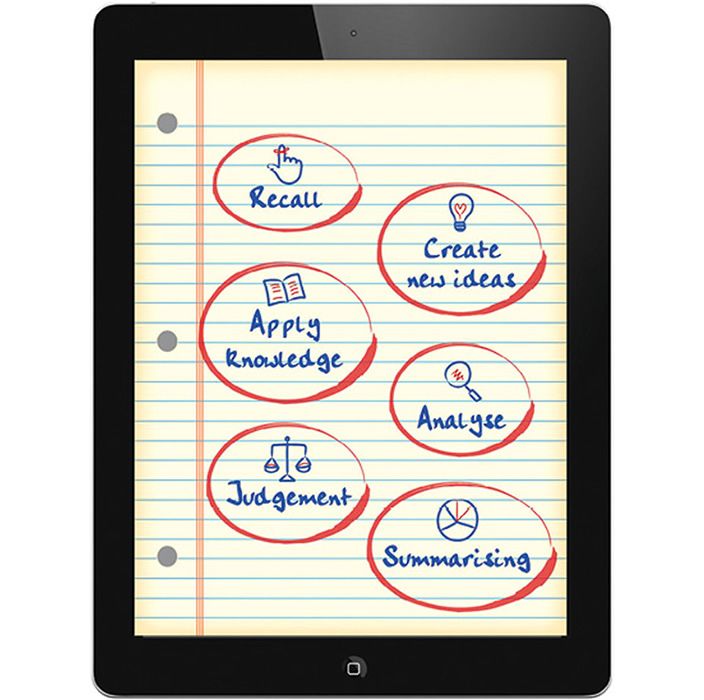
The District Inspector chose Parkdale Primary School as the last school he was to inspect before his retirement in 1959. As was the practice at that time, no prior warning of his intention was given to the staff of the school. He just arrived.Some months late reach teacher received a blue slip containing apithy statement about his or her performance and an assessment or teaching mark.
“Manages his class efficiency, keen to succeed.” Most were to receive a rating of ‘good’ some ‘very good’ and a select few ‘outstanding’. This latter mark was prized because it allowed the teacher to be placed on a seniority or promotion list ahead of teachers without such a mark. This gave them a better chance of gaining a promotion to a school high on their priorities and perhaps in a less remote location in the State.
(http://localhistory.kingston.vic.gov.au/htm/article/36.htm accessed 21/04/2015)
England now
It is to be hoped we have experienced ‘continuous improvement’ since 1959. Although teachers in England might be entitled to ask if there has been progress,“eight in 10 schools are now judged to be ‘good’ or ‘outstanding’ … we have acted on your concerns about no-notice inspections, about the drawbacks of outsourcing inspections and the need to avoid making every inspection the same ‘cliff-edge’ experience.”
Sean Hartford on behalf of Office for Standards in Education, Children’s Services and Skills to a Leaders Conference 20 March 2015 (https://www.gov.uk/government/people/sean-harford accessed 21st April 2015)
What is classroom observation
Michael Victory, Executive Officer, Teacher Learning Network, presented on classroom observation in a workshop at the Securing our Future conference. He said these two anecdotes raise important questions about classroom observation in schools. Firstly should professionals be inspected at all? If inspection occurs what should be the relationship between the ‘inspector’ and the teacher? What should the conditions be for the inspection or observation? What criteria should be used for the observation?
Teaching is a profession. The characteristics of a profession generally include:
• requiring initial qualifications and ongoing licensing
• a high degree of autonomy
• expertise not available in the wider population
• a sense of shared purpose and common interests, and
• self-regulation of performance.
It is this latter criterion that is most relevant to classroom observation. Teachers are the experts in teaching and should be involved in building one another’s capacity and performance. Classroom observation is a legitimate form of professional development that leads to improved performance but more so when it is collaborative, cooperative and collegial.
True collegiality (reciprocity and equality) can be difficult to achieve in a mentor arrangement between an experienced and a graduate teacher. However, where colleagues agree in advance on what is to be observed for what period of time, about the data collected and the criteria for analysis of performance, then clear goals for improvement can be set, criteria can be established for making judgements and genuine performance improvement can be achieved.
The Teacher Learning Network has developed a pilot App about questioning technique using Bloom’s taxonomy. The free App (search EdCoach Questions or https://itunes.apple.com/au/app/edcoach-questioning/id687196262?mt=8) uses touch screen technology for the collection of data about the type of questions asked in a lesson. The App collates the data into a graph in real time and prompts the users with potential questions for the analysis of the data, such as ‘Did the type of questions you asked support the learning objective for that part of the lesson?”
The App promotes criteria based discussions between colleagues based on data, it promotes evidence based feedback over subjective observation and minimises workload by collating and graphing the data for immediate discussion. Whether you use this App or another technique the key elements of productive classroom observation are a collegial approach using evidence based feedback focused on performance improvement rather than surprise, detached, summative assessments (with salary implications) conducted by external parties.







































































































































